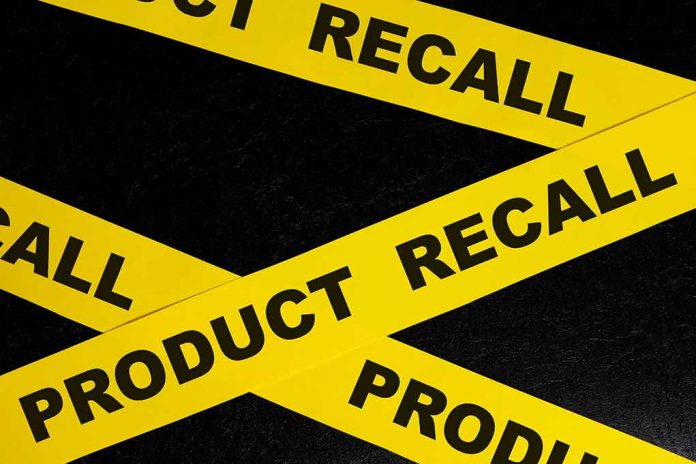
Over 50,000 potentially life-saving smoke and carbon monoxide detectors sold exclusively through Vivint have been recalled after manufacturers discovered they might fail to alert homeowners during fires or deadly gas leaks.
Key Takeaways
- Apollo America has recalled more than 50,000 faulty smoke and carbon monoxide alarms (model 51000-600) that may not function properly during emergencies
- The recalled units were distributed exclusively through Vivint from June to October 2024 and are marked with “replace by” dates from June 2034 to October 2034
- Consumers should continue using the detectors until replacements arrive to maintain some level of protection
- The CDC reports over 400 Americans die annually from carbon monoxide poisoning, with thousands more hospitalized
- Vivint is providing free replacement devices to affected customers
Critical Safety Alert: Defective Detectors Could Fail During Emergencies
Apollo America, a Michigan-based safety equipment manufacturer, has issued an urgent recall for over 50,000 smoke and carbon monoxide detectors that may fail to sound alarms during life-threatening situations. The affected units, identified as model 51000-600, were distributed exclusively through Vivint from June to October 2024. These white, circular devices are marked with “replace by” dates ranging from June 2034 to October 2034, a crucial identification detail for concerned homeowners.
The U.S. Consumer Product Safety Commission (CPSC) and Apollo America have coordinated the recall after discovering the units may not properly detect smoke or carbon monoxide, leaving families vulnerable to undetected fires or toxic gas exposure. While no injuries or incidents have yet been reported in connection with these faulty detectors, the potential risk has prompted immediate action from both the manufacturer and Vivint.
“Lithium batteries must be disposed of differently than other batteries, because they present a greater risk of fire,” according to CPSC.
Replacement Process and Safety Instructions
Despite the serious defect, homeowners with these recalled detectors are being advised not to remove or stop using them until replacement units arrive. This recommendation acknowledges that even potentially faulty detectors provide more protection than none at all. Vivint has established a direct replacement program, offering free new detectors to all affected customers to ensure their continued safety.
The recall carries special instructions regarding the disposal of the defective units once replacements are received. The detectors contain non-rechargeable lithium batteries that require proper handling to prevent fire hazards. The CPSC has provided specific guidance for consumers to follow when disposing of these units, emphasizing the importance of proper battery disposal protocols.
“Your municipal household hazardous waste (HHW) collection center or battery recycling boxes found at various retail and home improvement stores may accept this lithium battery for disposal,” according to CPSC.
The Silent Killer: Carbon Monoxide Dangers
This recall highlights the critical importance of functioning carbon monoxide detectors in American homes. Carbon monoxide is often called “the silent killer” because it’s a colorless, odorless gas that can cause serious health problems or death before victims are aware of its presence. The CDC reports that more than 400 Americans die annually from carbon monoxide poisoning, with thousands more requiring emergency medical treatment and hospitalization.
“Since it’s odorless, tasteless, it can be very insidious and people don’t often equate these kinds of symptoms with carbon monoxide poisoning,” said Dr. Albert Rizzo.
Common sources of carbon monoxide include malfunctioning furnaces, water heaters, generators, vehicles running in attached garages, and other fuel-burning appliances. Initial symptoms of carbon monoxide poisoning resemble flu symptoms, including headaches, dizziness, weakness, upset stomach, vomiting, chest pain, and confusion. Prolonged exposure can lead to unconsciousness and death. For those with affected detectors, the importance of promptly securing replacements cannot be overstated.





